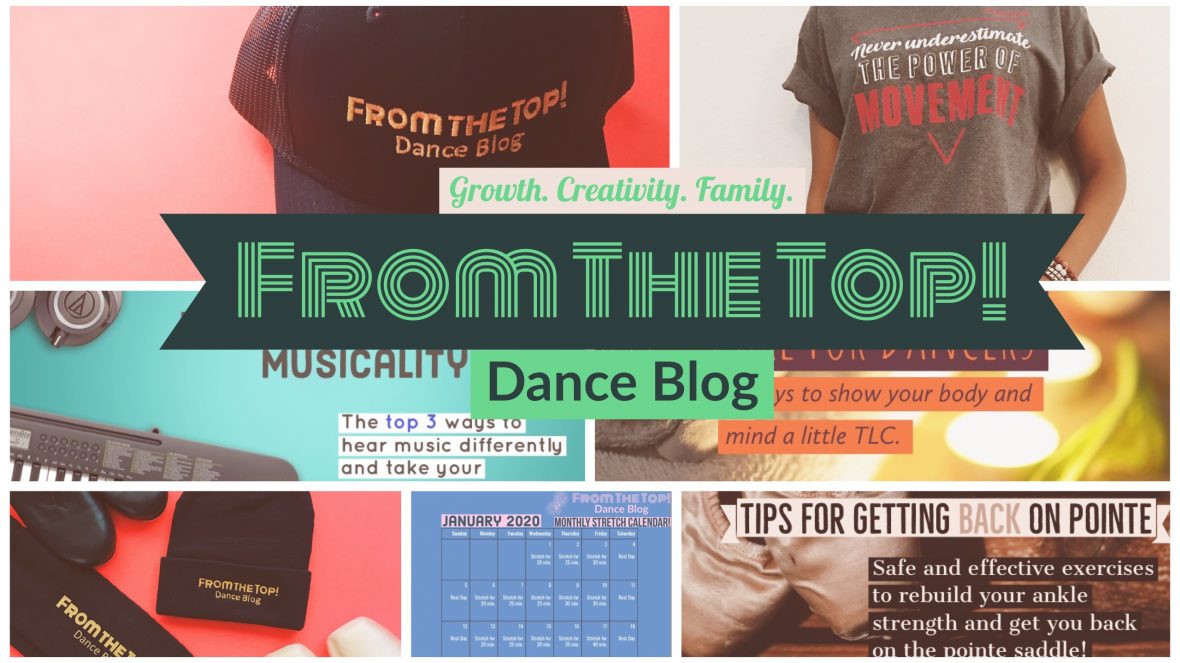Hello From The Top Family and welcome to another blog post! Today we are talking about pointe! However, this time we are looking at the subject from a teacher perspective. For every student longing to hear the “Yes” to start pointe, there is a teacher that must give that yes. So in this post we will talk about what to look for in your students in order to give that yes in a timely and safe manner. Let’s get right into it!
- Ankle Stability
First on the list of things to look for is of course strength and stability in the ankles of your student. Without adequate ankle strength, pointe is extremely detrimental to the training of a dancer. And while ankle strength (and flexibility) is of the utmost importance, ankle stability is equally as vital. For example, a high releve is needed for sure, but height in a releve doesn’t mean much if the releve is very shaky. A shaky releve is still a sign that a dancer is not ready for their shoes despite the height of releve achieved. And while we all still may wobble from time to time, it is very important that stability is at the highest probability of achievement. So be sure to look for these things in your assessment.
- Adequate Training
Next on our list of important attributes to look for is adequate time in training. While every dancer does indeed excel at their own pace, adequate time in training in ballet should still be an important determining factor upon upgrading a student to pointe. Now that’s not to say that a dancer must have a training record in ballet that hails back to childhood in order to achieve pointe. Many dancers are able to start their training at what is considered “late” and be able to achieve their pointe shoes within two to three years. In cases like these, however, there must be a considerable amount of hours put into their training via multiple classes in order to prepare. Whether it be in years or in time, adequate training must be had in order to give a dancer the okay to begin pointe safely.
- Overall Technique
Another thing to look for when assessing a student for pointe is their overall technique. Strength and flexibility are not the only things on which to focus, but a dancer’s technique can also be a huge determining factor. Strong sense of technique and the growth thereof is extremely important so that not only can they achieve pointe, but dance en pointe correctly. If the technique is not up to par in demi pointe, it will surely suffer in full pointe and ultimately cause damage to the dancer.
- Strong, Developing Work Ethic
And lastly, though this element is not spoken of much, we believe it is also good to look for a strong sense of developing work ethic in your dancer as you’re considering their promotion to pointe. It takes quite a bit of dedication to earn your pointe shoes and that dedication is something that is advantageous to keep in practice as they go forth in their pointe training. Pointe presents a new set of challenges to accomplish. From balancing to turns, it’s almost like you’re learning ballet all over again in a sense. However, when a dancer shows signs of great work ethic in their demi pointe training, you have a very good chance that they will keep that in the long haul and that is what will help them succeed. You will surely know that your dancer is ready not only in training and technique, but in maturity as well.
And that will do it for today’s blog post! We hope this post was able to help you along as you make assessments for your students. As always we wish you a wonderful weekend filled with love, positivity and remember…
Keep dancing!
Lexi

